Table of Contents
TogglePersian poetry
Persian poetry has a rich and storied history, reflecting Iran’s cultural and intellectual evolution and surrounding regions. From the classical poets who shaped the literary landscape to modern voices redefining its boundaries, Persian poetry remains a vital and vibrant part of the cultural heritage. This article delves into the evolution of Persian poetry, highlighting key poets and their contributions across centuries.
The Persian literary tradition is renowned for its profound depth, aesthetic beauty, and philosophical insight. Persian poetry, in particular, has captivated audiences worldwide, transcending linguistic and cultural barriers. This exploration of Persian poetry’s journey from its classical roots to contemporary expressions showcases its enduring appeal and relevance.
Classical Persian Poetry
Roots and Early Development
Persian poetry’s roots can be traced back to the pre-Islamic era, but it flourished during the Islamic Golden Age. Arabic literary traditions influenced the early development of Persian poetry, yet it quickly established its unique identity. The introduction of the Persian script in the 9th century significantly contributed to the literary boom.
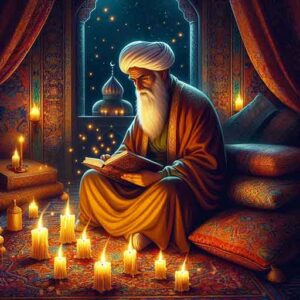
The Ghazal and the Rubaiyat
Among the prominent forms of classical Persian poetry are the ghazal and the rubaiyat. The ghazal, characterized by its lyrical beauty and themes of love and mysticism, became a favorite of many poets. With its quatrains, the rubaiyat often delved into philosophical and existential themes.
Key Classical Poets
Rudaki
Rudaki, often regarded as the father of Persian poetry, pioneered in the early Islamic period. His works laid the foundation for subsequent poets, and he is credited with shaping the early literary canon of Persian poetry.
Ferdowsi
Ferdowsi’s monumental epic, the “Shahnameh” (Book of Kings), is a cornerstone of Persian literature. Comprising over 50,000 couplets, the “Shahnameh” chronicles the history of Iran from mythic times to the Islamic conquest. Ferdowsi’s dedication to preserving Persian culture and language through his epic has made him a national hero.
Omar Khayyam
Omar Khayyam, best known for his “Rubaiyat,” was a master of the quatrain form. His philosophical and contemplative verses have resonated through the ages, offering reflections on life, fate, and the divine. The English translation of his “Rubaiyat” by Edward FitzGerald brought him global recognition.
Rumi
Jalal al-Din Muhammad Rumi, commonly known as Rumi, is one of the most celebrated Sufi poets. His works, particularly the “Masnavi,” explore themes of divine love, spiritual longing, and the soul’s journey. Rumi’s poetry transcends religious and cultural boundaries, making him a beloved figure worldwide.
Hafez
Hafez of Shiraz is renowned for his ghazals, imbued with profound mysticism and lyrical beauty. His poetry often addresses themes of love, beauty, and the divine, and he remains one of the most quoted and revered poets in Persian literature.
Medieval and Pre-Modern Persian Poetry
Expansion and Diversification
Persian poetry continued to evolve during the medieval period, with poets experimenting with various forms and themes. This era saw the rise of courtly poetry and the establishment of Persian as a literary lingua franca across the Islamic world.
Saadi
Saadi of Shiraz is best known for his works “Bustan” (The Orchard) and “Gulistan” (The Rose Garden). His poetry combines ethical and moral teachings with exquisite prose and verse. Saadi’s wisdom and storytelling prowess have made his works timeless classics.
Attar
Farid ud-Din Attar was a Sufi mystic whose most famous work, “The Conference of the Birds,” is an allegorical epic exploring the soul’s quest for unity with the divine. Attar’s influence on later poets, including Rumi, is significant, and his mystical themes resonate deeply within Persian literature.
Jami
Nur ad-Din Jami was a prolific poet and scholar of the Timurid era. His works encompass various genres, including lyrical poetry, didactic works, and Sufi mysticism. Jami’s versatility and intellectual depth have secured his place among the greats of Persian literature.
Modern Persian Poetry
Cultural and Political Shifts
The advent of the 20th century brought significant cultural and political changes to Iran, reflected in its poetry. The Constitutional Revolution, the influence of Western literary movements, and the socio-political upheavals of the time prompted poets to explore new themes and forms.
Nima Yooshij
Nima Yooshij, often hailed as the father of modern Persian poetry, revolutionized the poetic form by introducing free verse and modernist themes. His work departed from the classical style, embracing contemporary issues and more personal expressions.
Forugh Farrokhzad
Forugh Farrokhzad is one of modern Persian poetry’s most influential female voices. Her bold and candid exploration of themes such as love, identity, and social norms challenged traditional conventions and earned her a lasting legacy.
Ahmad Shamlou
Ahmad Shamlou’s poetry blends political activism with deep humanism. His works reflect his commitment to social justice and his sensitivity to the human condition. Shamlou’s innovative use of language and form has profoundly impacted modern Persian literature.
Sohrab Sepehri
Sohrab Sepehri’s poetry is known for its serene and contemplative nature. His works often draw from nature and spirituality, reflecting a profound connection with the natural world and seeking inner peace.
Contemporary Persian Poetry
Continuing Evolution
Contemporary Persian poetry continues to evolve, with poets exploring many themes and styles. The influence of global literary trends and Iran’s rich cultural heritage have resulted in a dynamic and diverse poetic landscape.
Shahrnush Parsipur
Shahrnush Parsipur, though primarily known as a novelist, has significantly contributed to Persian poetry. Her works often address themes of gender, identity, and resistance, reflecting the complexities of modern Iranian society.
Simin Behbahani
Simin Behbahani, often called the “Lioness of Iran,” is renowned for her ghazals and modernist poetry. Her works address social and political issues, advocating for human rights and justice. Behbahani’s powerful voice continues to inspire and influence contemporary Persian poets.
FAQs
What are the key characteristics of classical Persian poetry?
Classical Persian poetry is known for its lyrical beauty, use of metaphor and symbolism, and exploration of themes such as love, mysticism, and morality. It often employs traditional forms like the ghazal and the rubaiyat.
How did Persian poetry evolve during the modern era?
Persian poetry evolved to include free verse and contemporary themes during the modern era, influenced by Western literary movements and socio-political changes in Iran. Poets like Nima Yooshij and Forugh Farrokhzad played pivotal roles in this transformation.
Who are some influential modern Persian poets?
Influential modern Persian poets include Nima Yooshij, Forugh Farrokhzad, Ahmad Shamlou, and Sohrab Sepehri. Each of these poets brought unique perspectives and innovations to Persian poetry, addressing contemporary issues and personal themes.
What themes are prevalent in contemporary Persian poetry?
Contemporary Persian poetry explores various themes, including social justice, gender identity, political resistance, and personal introspection. Poets draw from Iran’s rich cultural heritage and global literary trends to create diverse and dynamic works.
How has Persian poetry influenced global literature?
Persian poetry has influenced global literature through its profound themes, aesthetic beauty, and philosophical insights. Translations of works by poets like Rumi, Hafez, and Omar Khayyam have introduced Persian literary traditions to a worldwide audience, enriching global literary heritage.
What makes Persian poetry timeless and relevant today?
Persian poetry’s timeless relevance lies in its exploration of universal themes such as love, human nature, and spirituality. Its profound insights and lyrical beauty continue to resonate with readers across different cultures and eras, making it a lasting and cherished literary tradition.
From the classical verses of Ferdowsi and Rumi to the modern expressions of Forugh Farrokhzad and Ahmad Shamlou, Persian poetry has continually evolved while maintaining its profound depth and beauty. The enduring legacy of Persian poets, both past and present, highlights the timeless appeal of their work and its continued relevance in the modern world. As we explore the rich tapestry of Persian poetry, we gain a deeper appreciation for the cultural and intellectual heritage it represents.
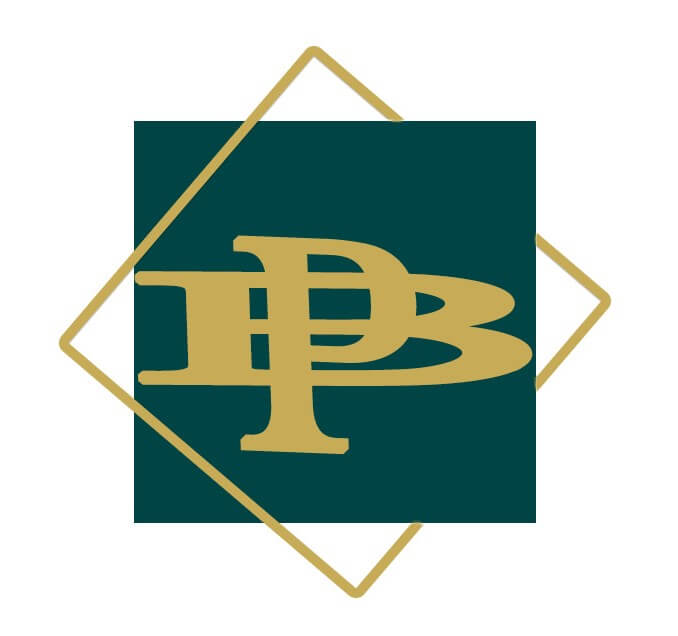
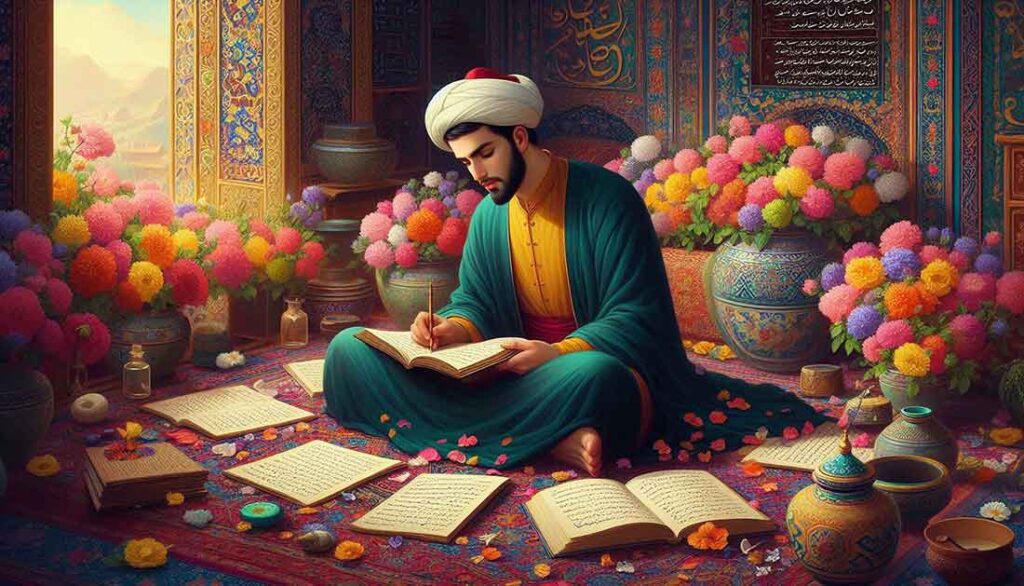
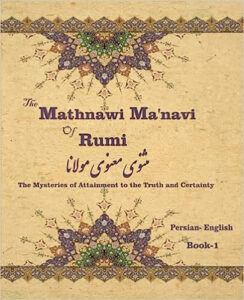
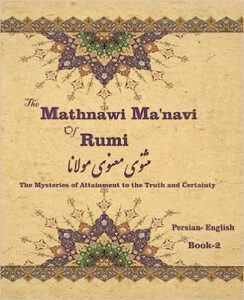
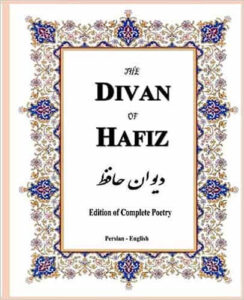
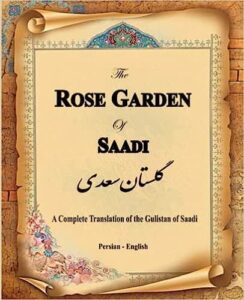
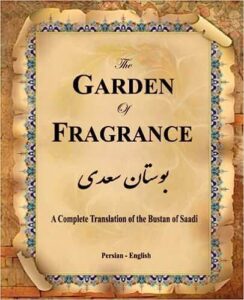
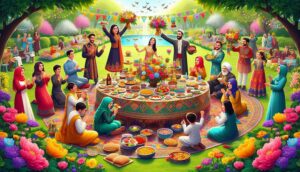
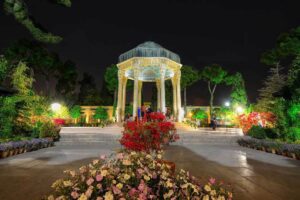
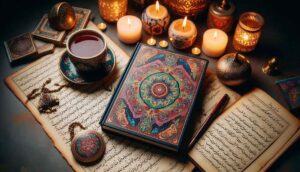
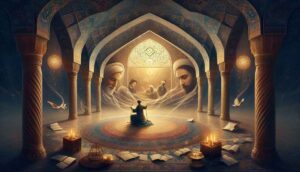
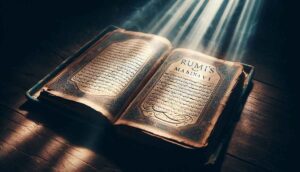
3 thoughts on “Persian Poetry: From Past to Present”